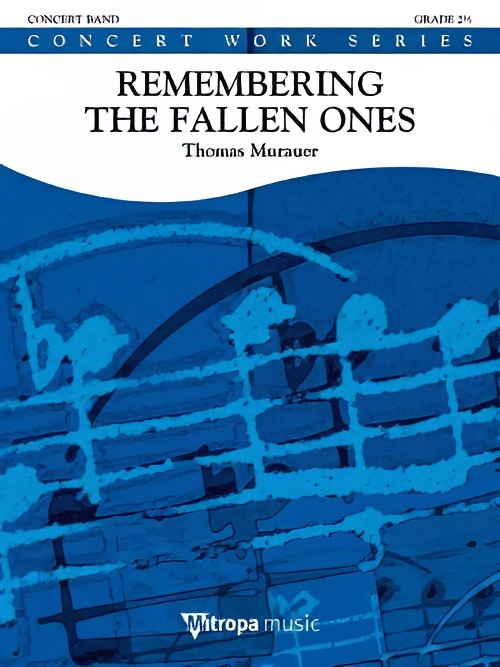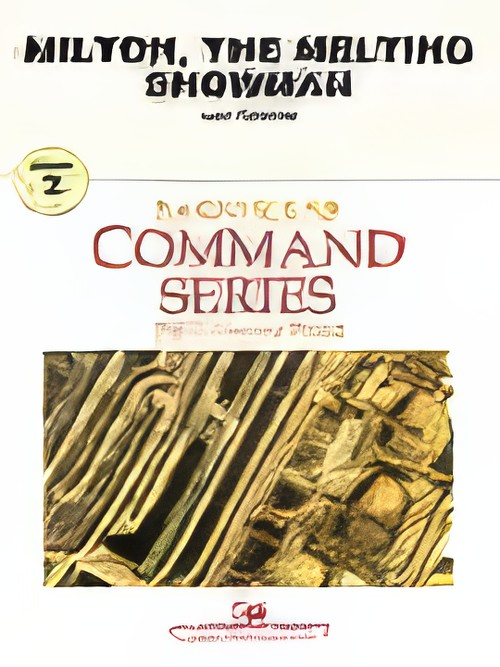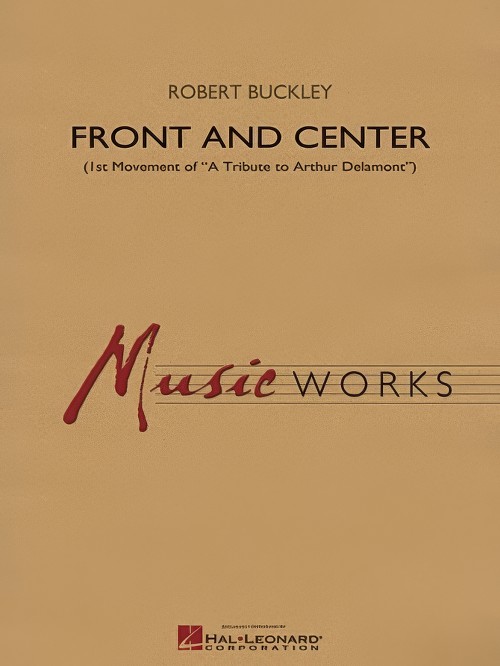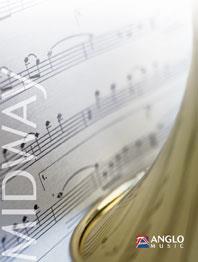Results
-
 £76.99
£76.99Remembering the Fallen Ones - Thomas Murauer
Remembering the Fallen Ones is not only a tribute to the heroes of past wars, but also the many fallen victims that passed away due to hate and ignorance. This piece also pays tribute to the beauty found within the people that surround us, our everyday heroes. This beautiful chorale encourages everyone to take a good look in the mirror, to treat each other with more mutual respect and understanding and ultimately focus on the positive things in life.
Estimated dispatch 7-14 working days
-
 £87.00
£87.00A Bernstein Tribute - Leonard Bernstein
A musical bouquet to one of the legends of our time, A Bernstein Tribute offers musicians of moderately advanced ability the opportunity to enter the world of Bernstein through some of his most notable compositions. Clare Grundmanhas captured the spirit of each work in his adaptation which includes excerpts from the following Broadway musicals: Symphonic Dances from West Side Story Three Dance Episodes from On the Town Excerpts from Overture to inch.Candide inch.. (7:00)
Estimated dispatch 7-14 working days
-
 £74.99
£74.99Remembering the Fallen Ones (Concert Band - Score and Parts) - Murauer, Thomas
Remembering the Fallen Ones is not only a tribute to the heroes of past wars, but also the many fallen victims that passed away due to hate and ignorance. This piece also pays tribute to the beauty found within the people that surround us, our everyday heroes. This beautiful chorale encourages everyone to take a good look in the mirror, to treat each other with more mutual respect and understanding and ultimately focus on the positive things in life. Duration: 2.30
Estimated dispatch 7-14 working days
-
 £52.00
£52.00Milton, the Melting Snowman (Concert Band - Score and Parts) - Orcino, Leonard A.
Who doesn't like a sunny day in the midst of winter? Who is that statuesque figure all decked out in his winter finery? Who stands proud, guarding the family home? Why it's "Milton the Melting Snowman!" But alas, as the day progresses and temps rise a transformation begins. Listen, as the music evokes Milton's dismay, "I'm melting!" The musical adventure pays tribute to this gallant guardian, soon to be a fond memory until next year. Set your mind free wander with this whimsical winter musical offering as the band pays tribute to this pillar of packed snow.Duration: 2.15
Estimated dispatch 7-14 working days
-
 £149.99
£149.99...the quest for peace... - Philip Sparke
...the quest for peace... is a tribute to the politician Adlai E.Stevenson (1900-1965),a former Governor of Illinois who spent much of his working life striving for peace during the ominous and troubled years of the Cold War.This majestic and noble work portrays the strength of character with which Stevenson dealt with the crisis between the USA and the USSR during this troubled time.A truly fitting tribute to this great man.
Estimated dispatch 7-14 working days
-
 £64.99
£64.99Heroic Tribute - James Curnow
The grand and energetic opening, contrasting styles, careful attention to articulations, and rich harmonies make this one sound more advanced than it actually is. Consider using Heroic Tribute as the opening piece for your young band festival performance. The easy but bright and colorful Percussion, along with excellent use of the Woodwind and Brass sections, make this an ideal contest piece. There are plenty of teaching opportunities packed into this majestic new mini-overture for young bands. In fact, even if your band usually plays higher grade level music you should still give this one serious consideration. Occasionally it's good idea to rehearse a high-quality easiercomposition, where your entire ensemble can concentrate fully on ensemble playing, phrasing, tone quality, etc. and not worry about just chasing notes. This piece provides great cross-curricular teaching opportunities with history.A great teaching piece as well as a gem in performance!
Estimated dispatch 7-14 working days
-
 £72.99
£72.99Front and Center (Concert Band - Score and Parts) - Buckley, Robert
First Movement of A Tribute to Arthur Delamont.Famed bandmaster Arthur Delamont always started his concerts with a rousing overture, and Front and Center is in this proud tradition. In a non-stop 9/8 rhythm, this piece explodes with energy and effervescence. Full of powerful fanfares, lively melodies, driving percussion and dynamic contrasts, this exciting concert opener moves through different musical colours without ever losing its relentless drive. An exhilarating tour-de-force showcasing all sections of the band! Front and Center is the first movement of A Tribute to Arthur Delamont and was commissioned by the West Vancouver Youth Band.Duration: 3:15
Estimated dispatch 7-14 working days
-
 £149.99
£149.99...the quest for peace... (Concert Band - Score and Parts) - Sparke, Philip
...the quest for peace... is a tribute to the politician Adlai E. Stevenson (1900-1965),a former Governor of Illinois who spent much of his working life striving for peace during the ominous and troubled years of the Cold War. This majestic and noble work portrays the strength of character with which Stevenson dealt with the crisis between the USA and the USSR during this troubled time. A truly fitting tribute to this great man.Duration: 8:30
Estimated dispatch 7-14 working days
-
£73.50
Tribute - Pasternak
Tribute is a musical statement featuring memorable melodies and dynamic contrasts. Accessible by most concert bands but expertly scored to give your group a symphonic band sound, this will be a strong opening or closing for your program. Appropriate for all ceremonial use.
Estimated dispatch 7-14 working days
-
 £82.50
£82.50In Quiet Tribute - Larry MacTaggart
A moving musical tribute. In this emotional work, a melancholy flute solo, supported and enhanced by changing instrumental colors and textures, leads the way. Lyric and colorful, this powerful musical statement provides developing bands the means to improve musically. An excellent choice for contest or festival performances.
Estimated dispatch 7-14 working days
